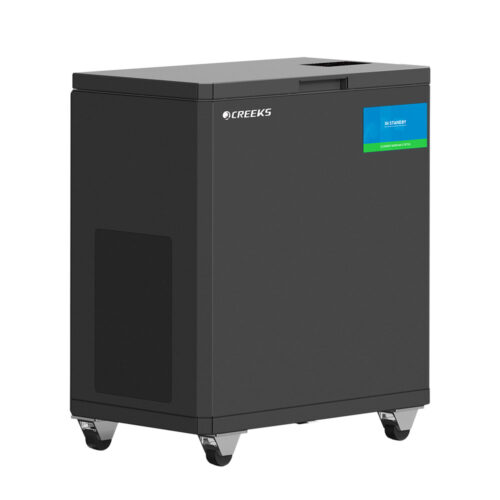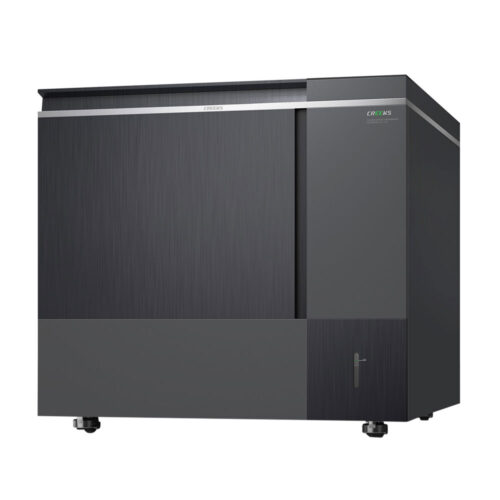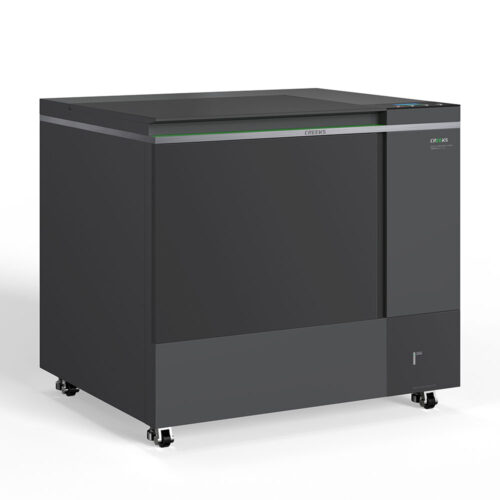The operation of a green waste composting machine typically involves the following steps:
Waste Input: Green waste is fed into the machine, either manually or through an automated feeding system. The waste may include grass clippings, leaves, branches, and other plant-based materials. Some machines are also capable of processing food waste, making them versatile for different types of organic waste.
Shredding and Mixing: The waste is shredded into smaller pieces to increase the surface area for microbial activity. This step is crucial for accelerating the decomposition process. The shredded waste is then mixed to ensure a homogeneous mixture, which promotes even composting.
Aeration: Oxygen is essential for aerobic decomposition, and green waste composting machines are equipped with aeration systems that supply a continuous flow of air to the composting material. This helps maintain the right balance of oxygen, which is necessary for the growth of aerobic microorganisms responsible for breaking down the organic matter.
Temperature Control: The composting process generates heat as a byproduct of microbial activity. Green waste composting machines are designed to regulate the temperature within the optimal range (typically between 50°C and 70°C) to ensure efficient decomposition and to kill pathogens and weed seeds.
Moisture Regulation: The moisture content of the composting material is critical for microbial activity. Too much moisture can lead to anaerobic conditions, while too little can slow down the decomposition process. Green waste composting machines are equipped with sensors and irrigation systems that maintain the ideal moisture level.
Compost Maturation: After the initial decomposition phase, the compost is allowed to mature in a separate chamber or bin. During this stage, the compost stabilizes, and any remaining organic matter is broken down. The maturation process can take a few weeks to several months, depending on the machine and the type of waste.
Compost Output: Once the composting process is complete, the machine produces high-quality compost that can be used as a soil amendment, mulch, or fertilizer. Some machines also have a screening system that separates the compost from any remaining large particles, ensuring a fine and uniform product.
Benefits of Green Waste Composting Machines
Environmental Benefits: Reduction in Greenhouse Gas Emissions: By diverting green waste from landfills, composting machines help reduce methane emissions, a major contributor to climate change.
Soil Health Improvement: The compost produced by these machines enriches the soil with essential nutrients, improves soil structure, and enhances water retention, promoting healthy plant growth.
Reduction in Chemical Fertilizers: The use of compost reduces the need for chemical fertilizers, which can have harmful effects on the environment and human health.
Economic Benefits: Cost Savings: Composting reduces the volume of waste that needs to be transported and disposed of in landfills, resulting in significant cost savings for municipalities and businesses.
Revenue Generation: The compost produced can be sold or used to generate revenue, creating a new income stream for waste management facilities and farmers.
Social Benefits: Community Engagement: Green waste composting machines can be used in community gardens and urban farming projects, fostering a sense of community and promoting sustainable living practices.
Education and Awareness: These machines can serve as educational tools, raising awareness about the importance of waste reduction and sustainable waste management.









